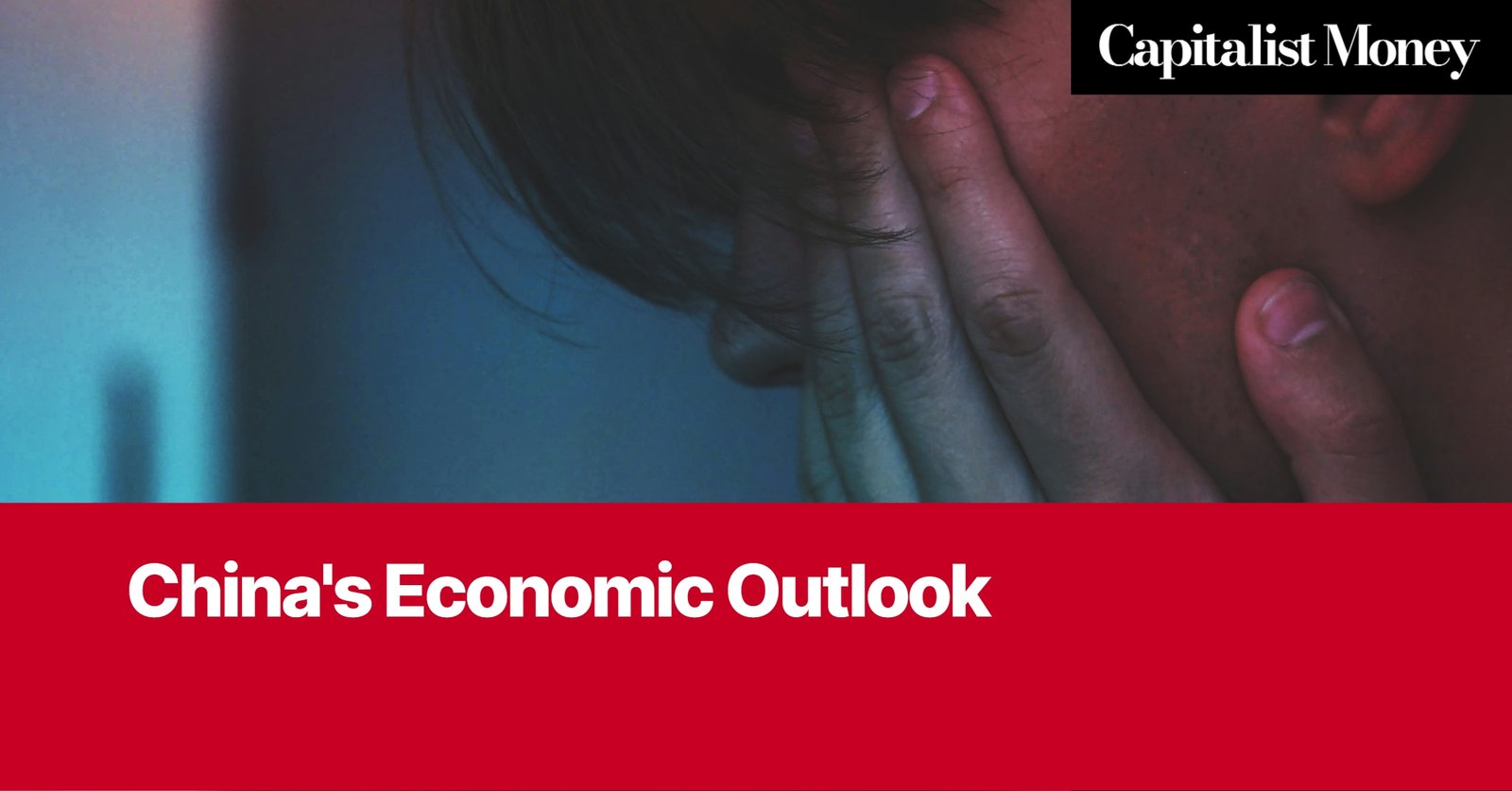China’s economic trajectory is under intense scrutiny following the release of second-quarter GDP figures that fell short of expectations. The nation reported a 4.7% year-over-year growth, marking a departure from the projected 5.1%.
This underwhelming performance adds to a growing sense of unease, as it marks the fifth consecutive quarter of deflation, raising concerns about the sustainability of China’s economic momentum. The slowdown can be attributed to a confluence of factors, including extreme weather events that disrupted supply chains and a struggling property market, which continues to weigh heavily on the broader economy.
The Chinese government is acutely aware of the economic headwinds and is actively seeking solutions. As we go to press, the Communist Party is convening to discuss strategies for jumpstarting the world’s second-largest economy, with particular focus on addressing the deflationary pressures and reviving the property sector.

The subdued GDP growth and persistent deflation are raising alarms about China’s economic outlook. The sluggish performance underscores the challenges that China faces in maintaining its economic growth trajectory, particularly amidst a global economic landscape that remains uncertain.
This article delves into the key factors contributing to China’s economic slowdown, analyzing the interplay of domestic and external forces that have weighed on its growth prospects. We will examine the impact of the weakening property market, the role of deflationary pressures, and the government’s policy responses to address these challenges.
Furthermore, we will explore the implications of China’s economic slowdown for global markets and the wider geopolitical landscape. By analyzing the underlying causes of this slowdown and exploring the potential solutions, this article aims to provide a comprehensive understanding of the complexities facing China’s economic engine and its implications for the world.
A Slowing Engine
China’s economic growth has taken a significant step back in the second quarter, with GDP expanding by a mere 4.7% year-over-year. This represents the slowest pace of growth in several quarters, signaling a concerning trend.
The figure fell short of analysts’ expectations of 5.1%, highlighting the challenges facing the world’s second-largest economy.
Retail Sales Lag Behind
A key indicator of consumer confidence and spending, retail sales saw their weakest monthly growth since December 2022. This sluggish performance reflects a combination of factors, including continued deflationary pressures and heightened economic uncertainty.
Consumers are holding back on discretionary purchases, creating a ripple effect through various sectors. This trend underlines the need for a decisive policy response aimed at boosting consumer confidence and driving demand.
Property Market Remains a Drag
The property sector continues to be a major weight on China’s economy. New home prices are plummeting at the fastest rate in nine years, with major cities experiencing 13 consecutive months of declines.
The prolonged slump in the real estate market is dampening investment and exacerbating the overall slowdown. This persistent weakness underscores the importance of effective measures to stabilize the housing market and restore confidence among buyers and investors.
Limited Fiscal Stimulus
Despite the slowdown, the government’s response in terms of fiscal stimulus has been relatively muted. While some measures have been implemented, including the issuance of ultra-long-term special Treasury bonds, these initiatives have yet to translate into a tangible boost to economic activity.
The limited scale of fiscal intervention raises concerns about the government’s commitment to addressing the economic challenges head-on. A more decisive and comprehensive approach is needed to counter the slowdown and support growth.
Doubts About Growth Targets
The slowdown comes at a critical juncture, as China aims to achieve 5% GDP growth for the year. The latest figures have cast doubt on the achievability of this target.
Given the persistent economic headwinds and the limited policy response thus far, reaching this target will require significant effort and a swift shift in policy direction. The government will need to address the underlying economic vulnerabilities, bolster consumer confidence, and stimulate investment to put the economy on a sustainable growth trajectory.
Policy Easing Needed
The underwhelming GDP figures have ignited calls for more robust policy interventions, particularly in the areas of fiscal policy and housing. Experts believe that targeted measures to stimulate spending and support the beleaguered property sector are crucial to reignite economic growth.
This will require a more decisive approach from the Chinese government, which has so far adopted a relatively cautious stance on easing.
Challenges to Growth and Global Influence
China’s economic slowdown presents a formidable challenge to its ambitions for sustained growth and expanding global influence. The government’s focus on manufacturing and high-tech sectors has yet to translate into a substantial turnaround, leaving analysts questioning the efficacy of its current strategies.
The slow growth also casts a shadow over China’s ability to sustain its economic power and geopolitical ambitions, particularly in light of rising global economic uncertainties.
Resilience and Adaptation
Despite the headwinds, China possesses a history of resilience and adaptability, having navigated economic challenges in the past. The government’s ability to effectively manage this period of slowdown will be crucial to maintaining confidence and fostering sustainable growth.
The world will be closely observing how Beijing responds, as China’s economic performance holds significant implications for global markets and geopolitical dynamics. This will be a pivotal moment for China, testing its capacity to navigate complex economic headwinds and maintain its position as a leading global power.
- Amad Diallo’s Rise and Manchester Derby Excitement
- Navigating the 2024 and 2025 Tax Landscape: Brackets, Rates, and Planning Ahead
- Palantir: From Shadows to Spotlight, Navigating Controversy and Innovation
- The Relentless Myles Garrett: Battling Through Injury in Browns’ Loss
- Luka’s Triple-Double Dominates as Mavericks Outgun Warriors in Three-Point Barrage



















